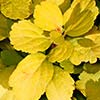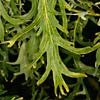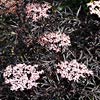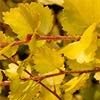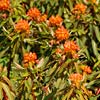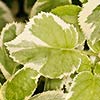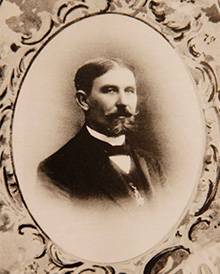 A forester brought up in the Prussian Partition territory, observing the progressive German forestry model. As an external studies student he passed the exams of the institution of higher education in forestry and soon moved to the Russian Partition territory. After two years, in the middle of 1885, he started work in Podzamcze nearby Maciejowice, in the Zamoyski family's manor. During 30 years of work he created his opus vitae from scratch – one of the largest nurseries of trees and shrubs in Europe and the largest one in the entire Russian empire.
A forester brought up in the Prussian Partition territory, observing the progressive German forestry model. As an external studies student he passed the exams of the institution of higher education in forestry and soon moved to the Russian Partition territory. After two years, in the middle of 1885, he started work in Podzamcze nearby Maciejowice, in the Zamoyski family's manor. During 30 years of work he created his opus vitae from scratch – one of the largest nurseries of trees and shrubs in Europe and the largest one in the entire Russian empire.He was a great organizer, epitome of energy, conscientiousness in action and absolute reliability and responsibility. As a nurseryman and plenipotentiary he managed a large manor in such a way that in the extremely poor and forgotten area everything started to work perfectly. During his work in Podzamcze he also held the position of plenipotentiary of large manors in Wołyń and Polesie for few years.
Rożyński selected approximately 60 own varieties of decorative trees and shrubs, the most common of which are Fraxinus pennsylvanica 'Crispa' and Robinia pseudoacacia 'Rozynskiana'.
He was an honour member of Gardening Associations of Warsaw and Wołyń. After the World War I he did not return to Podzamcze. He worked for various forest institutions; at the end he worked for forest inspectorate in Włoszakowice.
He was buried in the parish cemetery in Włoszakowice; honoured with a memorial obelisk located in the nearby forest, the place of his sudden death, that remains under the care of the Forest Inspectorate.
text: Jakub Dolatowski









